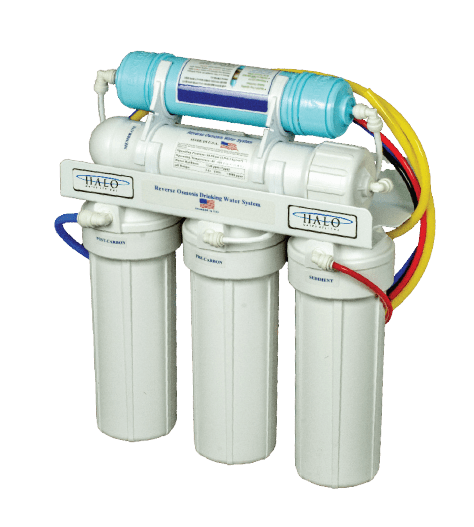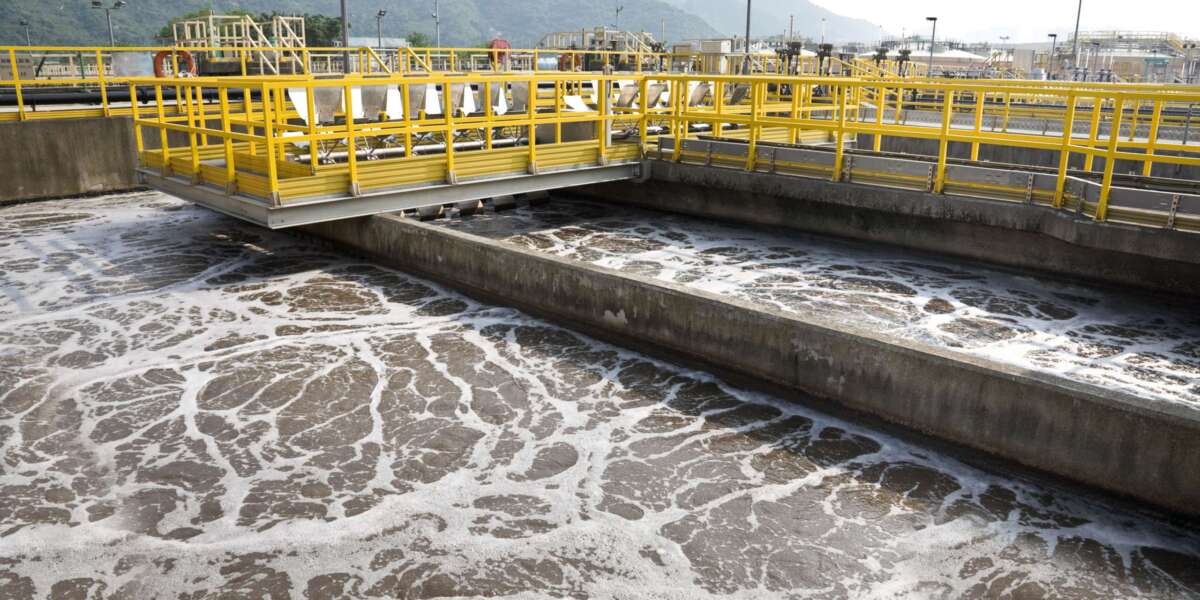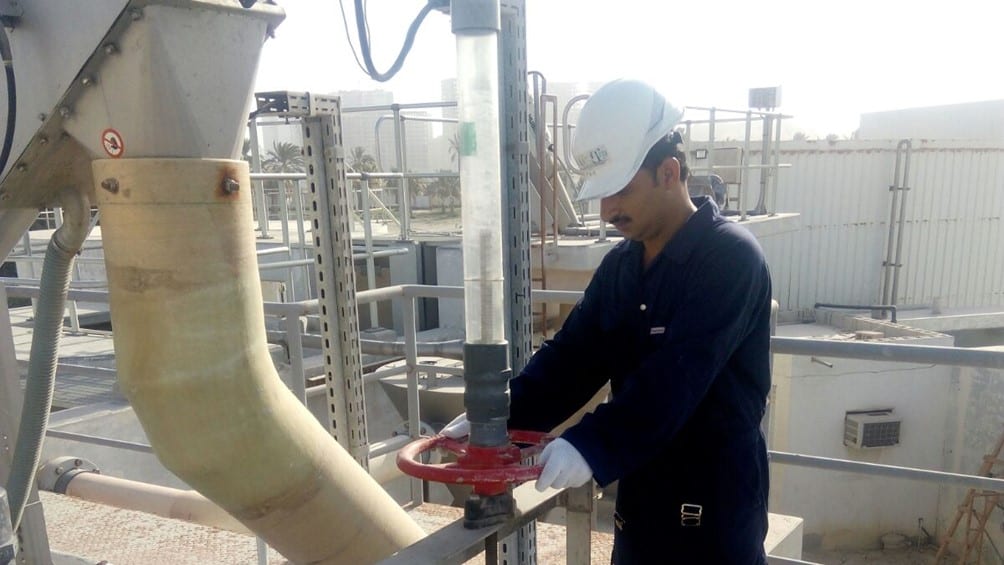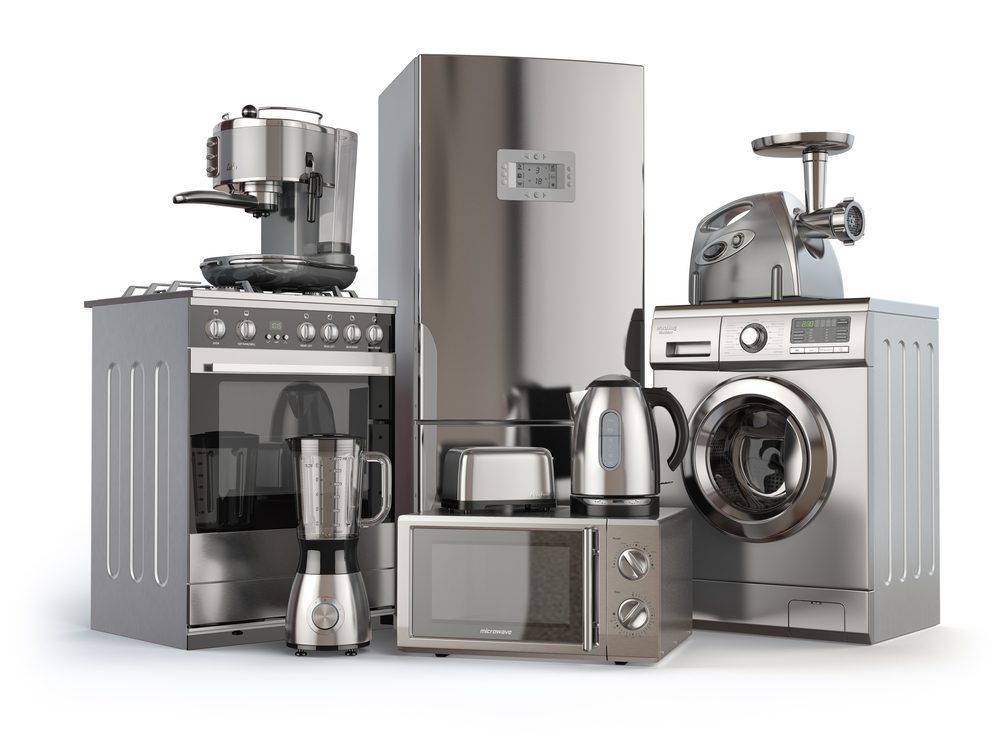When you purchase a new home, what do you do first?
Covid 19 forced many companies to allow their staff to work from home, allowing people to spend more time at home and think about what can be done for home improvement.
Many people took the advantage of the low-interest rate and moved to different states buying their own homes.
Having your own house is a great achievement in a person’s life where he puts the money for a property he owns, it is finally rewarding for hard work and it is time to enjoy managing your property.
The moment you move into the new house, you will start asking yourself:
- What should I do to cut my expenses and save the money for the mortgage?
- What can I do to improve my house?
- How to maintain my house to minimize repair costs in long run?
- Is it safe to drink from the tap?
Sometimes after you move in you realize that your water smells bad or tastes unpleasant, especially if you move from one state to another you will defiantly feel that water is different!!!!
Even though you may notice that you will need to use more soap to clean your vessels and your laundry, you can also see white spots in faucets.
That is the feedback we usually receive, don’t worry ….
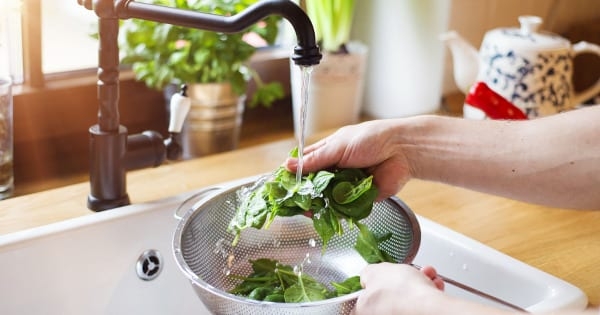
The water test
We will indicate to you the potential characteristic of your water, and usually, the Smart Water Treatment Technology group offers water consultation to provide the best water filtration in Orlando, Florida, for your house.
Choosing the right treatment system will save you immense costs monthly for :
- Purchasing bottled water.
- Save solvent and detergent costs.
- Electricity costs will reduce due to higher heating efficiency.
- Protects potential plumbing issues due to scale formation.
- You will get clean, soften water all over your house
- Above all, your skin and hair will be healthy
We at Smart Water Treatment Technology focus on providing you with the optimum solution that will help you get quality drinking water with an optimized cost and several financing options
Learn more about salt-free water conditioners





